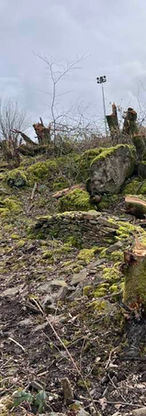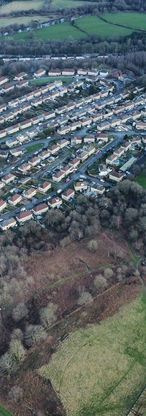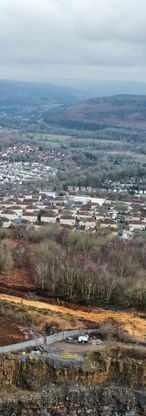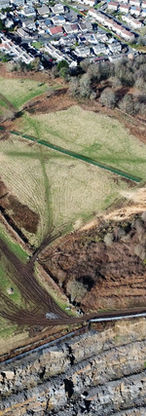
Quarry Dust
Quarry dust, a byproduct of the crushing process of rocks in quarries, presents several risks to health and the environment. For humans, the inhalation of quarry dust can lead to respiratory issues, such as silicosis, a lung disease caused by the inhalation of crystalline silica particles, which is prevalent in the dust. This condition is marked by inflammation and scarring in the form of nodular lesions in the upper lobes of the lungs. Moreover, quarry dust can contribute to air and water pollution, affecting not just the immediate vicinity of the quarry but also the broader ecosystem. It can reduce air quality, affecting wildlife and plant life, and when it settles on water bodies, it can affect aquatic life by altering the pH and turbidity, leading to detrimental effects on biodiversity and water quality.
Particulate Matter
Particulate matter (PM), specifically PM10 and PM2.5, represents a critical concern for environmental health and air quality. PM10 refers to particles with a diameter of 10 micrometers or less, which can include dust, pollen, and mold. These particles are small enough to be inhaled and can reach the upper respiratory tract, potentially causing issues such as aggravated asthma, coughing, and a decrease in lung function. PM2.5, on the other hand, denotes particles with a diameter of 2.5 micrometers or less. Due to their significantly smaller size, these particles can penetrate deeper into the lung tissue and even enter the bloodstream, posing a greater health risk. They can originate from combustion processes, including motor vehicle emissions, power plants, and residential wood burning.
Exposure to PM2.5 has been linked to a range of serious health effects, including heart attacks, aggravated asthma, and even premature death in individuals with preexisting heart or lung diseases. Both PM10 and PM2.5 are of global concern, as they can travel long distances by wind, affecting air quality far from their source and contributing to the phenomenon of urban haze, which significantly reduces visibility.



























